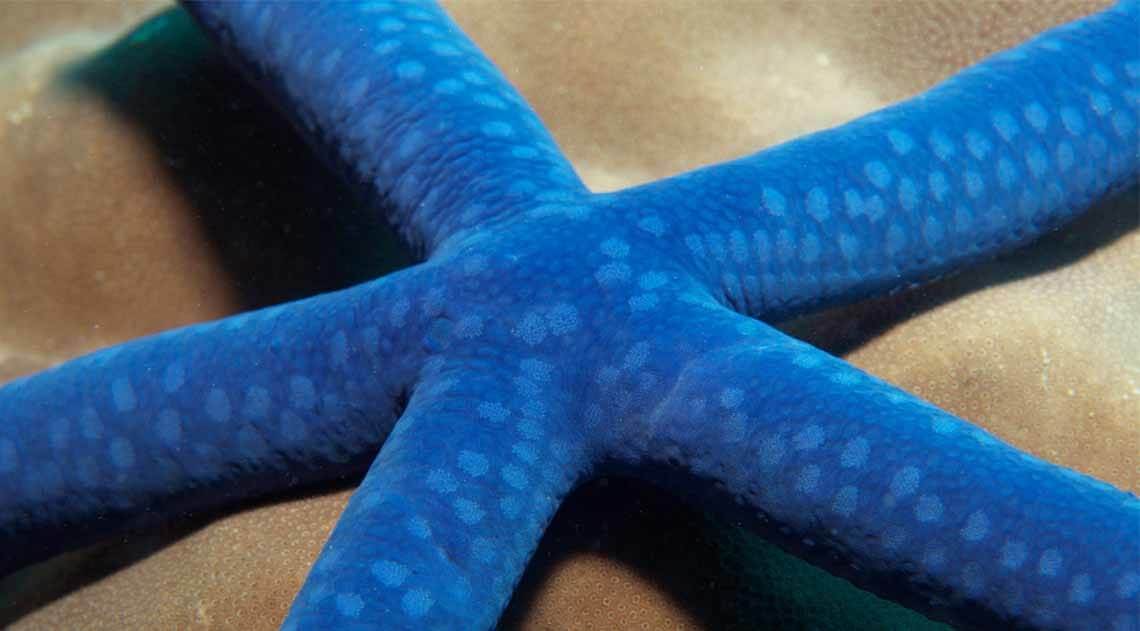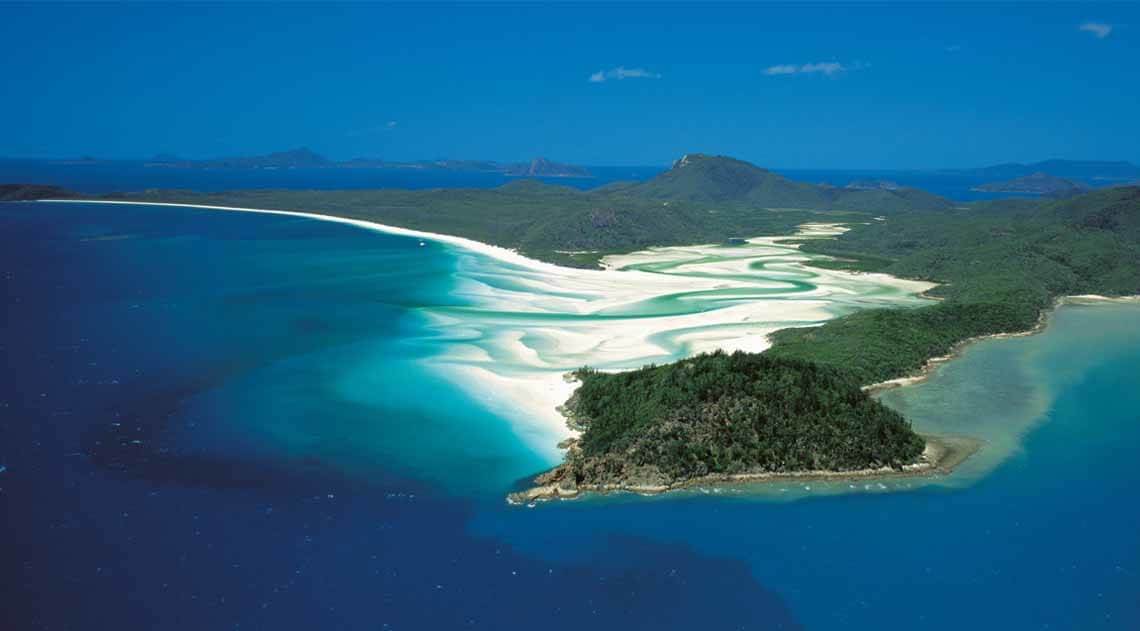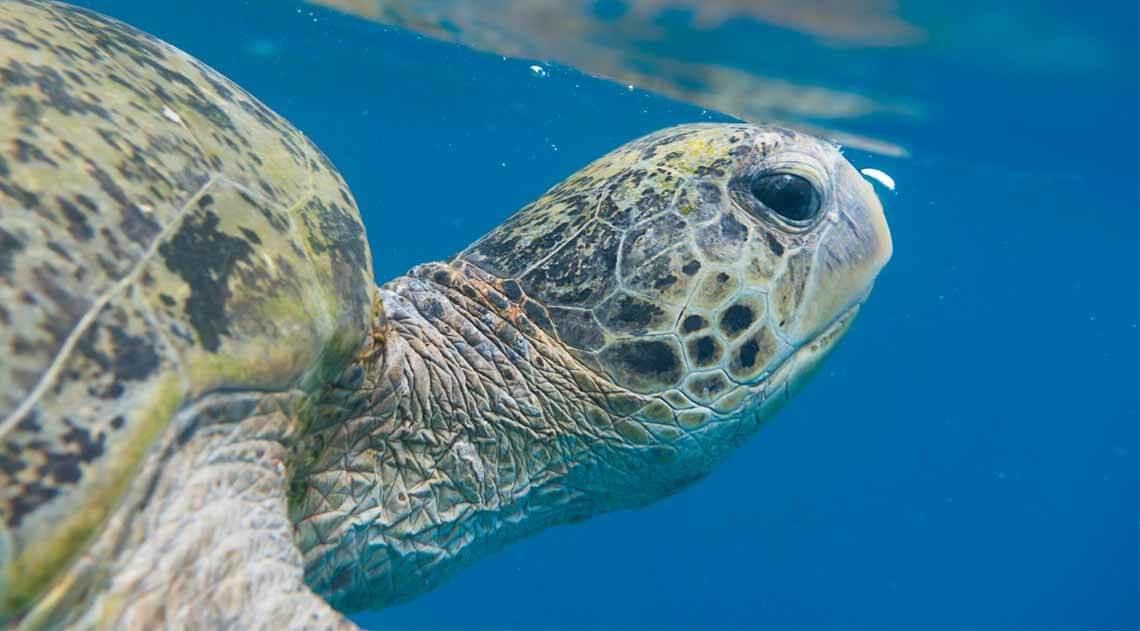The Great Barrier Reef spans two-thirds of Australia's north-east coastline and represents 10% of the planet's coral reef - to put it into perspective this gargantuan reef is larger than the combined mass of Switzerland, the Netherlands and the UK! It is the world's largest World Heritage area and qualifies on four natural criteria which is very rare. This highly protected region is virtually all incorporated into the Great Barrier Reef Marine Park ensuring its protection for future generations and although it is visited by over 2 million people annually they explore only 7%, - still a massive area but think of the 93% which continues to evolve and thrive without human intervention!
You may have heard of the Big 5 if you are familiar with safari but when seawater off the east coast of Australia is the prairie of choice it is the Great 8 that attracts attention.
The mind-blowing diversity of the reef's inhabitants and visitors covers microscopic plantation to 100-ton whales and every size, colour and shape in between whilst the skies above are filled with 215 species of shore and sea birds. So with an inventory that includes more than 1625 species of fish, 30 species of whales and dolphins and 133 species of sharks and rays where does your tick list start? This Great 8 of the Great Barrier Reef highlights the most sought-after creatures, however, virtually every visitor finds their own favourite - what will yours be?
8 of the best things to see and do in the Great Barrier Reef
Clownfish
Snorkelling or diving around pretty much the whole of the Great Barrier Reef will bring you close to sea anemones which is where our delightful little Nemo's hang out. Seek them out in sheltered lagoons and shallow reefs where their cute little Clownfish noses will be assessing whether or not it's safe to explore.
Sharks
Lesson number one - they are not too pretty. Lesson number two - they are not as scary as you may think! There are 8 different species of sharks living on the Great Barrier Reef however there is probably more chance of you winning a rollover lottery than spotting one - and even less of it threatening you. Divers are usually thrilled to have the privilege of sighting a shark which has on their menu fish about the size of a hand, not a 70kg human; the massive whale sharks only eat plankton. Instead of fretting over what they are unlikely to do to us we should perhaps be more concerned about the barbaric practice of 'shark finning' for the lucrative Asian food market which destroys countless sharks for their fins alone - discarding the rest of the fish - now if I was a shark I'd have a reason to fear a human.
Manta rays
Portrayed as willowy, gentle and romantic, the elegant manta ray can span 7m from wing tip to wing tip. They have large brains (in fish terms) to their size and can be extremely inquisitive and playful making a diving experience with them incredibly rewarding. Living on tiny plankton they head for the tropical waters of the Southern Great Barrier Reef to feast and breed giving you an ideal opportunity to witness their majesty close up.
Maori wrasse
One of the best snorkelling areas for spotting these beautiful if not bizarre fish is actually Manta Ray Bay although there are a whole host of other places in which they are also prolific. Easily recognisable by their enormous size, (230cm / 190kn), humped forehead and thick rubbery lips these unique fish often live to around 30 years old. The artistic markings on their huge faces are what prompted the 'Maori' name - being similar to the Maori warrior markings; of course, maybe the Maori copied the markings from the fish in the first place!
Potato cods
This lesser-known but absolutely magnificent creature can be spotted feeding at The Cod Hole - one of the most famous diving sites in the world. Friendly and particularly photogenic they have no inherent fear of humans so will pose graciously for you. This excellent dive site, located on the northern part of the Ribbon Reefs, is a little more difficult to get to which is what keeps it so exclusive.
Giant clams
Resting on the bed of shallow warm waters surrounding the reef these massive bivalve mature as hermaphrodites, thus eradicating the need to find a mate. Weighing in at 200kg the Giant Clam is likely to remain its entire life in the same spot which can last around 100 years. Now an endangered species due in part to its abductor valve, which the Chinese sadly still believe is an aphrodisiac, it is protected in the haven of the Great Barrier Reef.
Turtles
Turtle watching doesn't get much better than the Southern Great Barrier Reef. Bundaberg's Mon Repos beach between November and January is home to egg-laying loggerhead, green, leatherback and flatback turtles; a return visit between January and March may reward you with a miracle of hatchlings taking their first steps towards the ocean. If you'd like to accompany these beautiful and graceful swimmers in the water head for Lady Musgrave, Lady Elliot, Heron or Wilson Islands where affable turtles are happy to make friends.
Whales
If you are serious about whales then head to Port Douglas during May and August when you'll be able to book with a limited number of operators who have permits to take tourists on swim-with-whales experiences. The Dwarf Minke Whales that may be found at this time will be in a romantic mood as they go through their courtship and mating rituals. Between July and November, as the Humpback whales deviate from their route back to Antarctica, the best place to spot them is Hervey Bay where the whales stay for up to 10 days. The season captivates visitors who can witness shows of first adult singletons in July, new-born calves in August and September which are a massive 4m long, more confident youngsters in October and come November the whole family leave in a swathe of breaching and loud tail-slapping! Between May and August, Dwarf Minke Whales migrate to Tropical North Queensland in what scientists believe is their place of courtship and mating. Thanks to the Great Barrier Reef Marine Park authority, and strict controls, several tourism operators in Cairns and Port Douglas have permits to take tourists on a swim-with-whales experience.





















